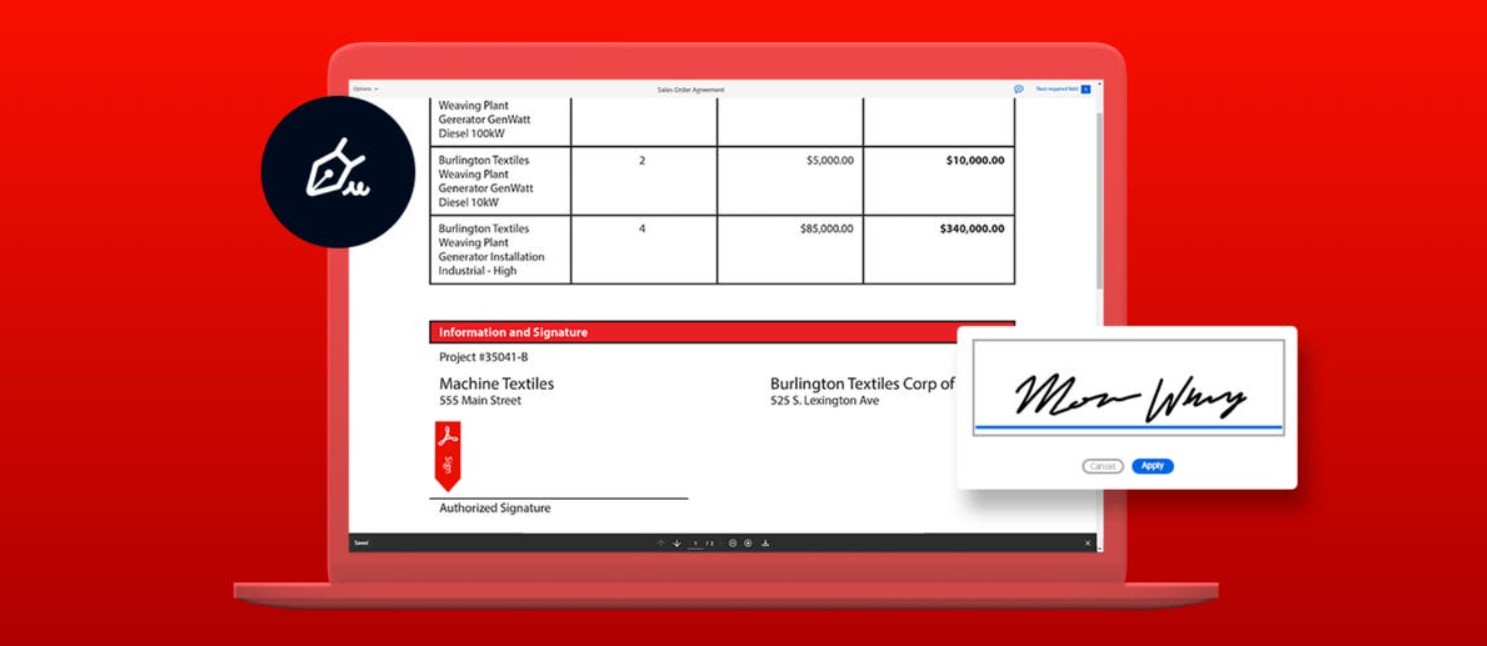
The signature has been around for centuries, and its role has changed dramatically as technology has evolved. Originally, the signature was used solely to identify the author of a document. With the advent of modern technology, however, the signature has taken on a new role: that of verifying the credibility of a document. In an age where it is increasingly easy to create fraudulent documents, the signature becomes an important factor in distinguishing between legitimate and illegitimate documents.
The Signature: A Brief History
The history of the signature is a long and complicated one. For centuries, people have been signing their names on documents in order to authenticate them. But the modern signature as we know it didn’t come into existence until the late Middle Ages. Prior to that, people simply made marks on documents to indicate their approval. These marks could be anything from a simple “X” to a more elaborate symbol. It wasn’t until the 14th century that people began signing their names with the letters of the alphabet. And it wasn’t until the 17th century that signatures began to take on their current form, with people using cursive writing to sign their names. Today, signatures are still used as a way to authenticate documents, but they’ve also become a form of self-expression, with people using them to add a personal touch to letters and cards.
Your John Hancock
The phrase “your John Hancock” has been used over the years to refer to a person’s signature. This phrase originated from the American Revolution when John Hancock was one of the signers of the Declaration of Independence. His signature was particularly large and easily visible, so it became a symbol of the revolution and later came to be used as a metaphor for any signature.
The signature has always been a way to identify the author of a document. In the days before technology, this was the only function of the signature. If someone needed to verify that a document was written by a certain person, they would look at the signature to see if it matched the known signature of the author. This system worked well enough, but it had its limitations. For one, it was easy to forge someone’s signature if you knew what it looked like. Additionally, signatures could be changed over time, so someone’s current signature might not match the signature they used when they wrote a particular document.
With the advent of modern technology, the role of the signature has changed dramatically. Now, the signature is not just a way to identify the author of a document; it is also a way to verify the credibility of the document. In an age where it is increasingly easy to create fraudulent documents, the signature becomes an important factor in distinguishing between legitimate and illegitimate documents.
A Wet Signature vs. an E-Signature
A wet signature is a physical, handwritten signature that is affixed to a document. An e-signature, on the other hand, is a digital signature that is attached to a document electronically. There are many differences between wet signatures and e-signatures. Perhaps the most obvious difference is that wet signatures are physical, while e-signatures are digital. This means that wet signatures can be seen and touched, whereas e-signatures exist only in the digital realm. Another key difference is that wet signatures require the use of paper and pen, while e-signatures can be created using any number of electronic devices. Wet signatures can also take longer to create than e-signatures since they involve physically writing out the signature on paper. E-signatures can be created very quickly by simply typing in your name or initials.
Despite these differences, there are some similarities between wet signatures and e-signatures. Both types of signatures serve as a way to identify the author of a document and both can be used to verify the credibility of a document. Additionally, both types of signatures can be changed over time if necessary.
E-Signatures Are Here to Stay
The benefits of an e-signature are many. Perhaps the most obvious benefit is that e-signatures are faster and easier to create than wet signatures. E-signatures can be created in a matter of seconds, while wet signatures can take minutes or even hours to complete. This means that e-signatures can be used to speed up the signing process significantly.
Another benefit of e-signatures is that they are more secure than wet signatures. Wet signatures can be easily forged, but e-signatures are much harder to fake. This makes them a more reliable way to verify the credibility of a document. Additionally, because e-signatures are digital, they can be encrypted and protected from tampering. This makes them a more secure way to sign documents than wet signatures.
A perfect example of e-signatures at work is Adobe’s fill and sign PDF tool, which is a handy way to complete forms without having to print them out. Users simply open the form in Adobe Acrobat, fill in the required fields, and then sign the form electronically. This can be a huge time-saver, especially if you need to complete multiple forms. The fill and sign tool also allows you to add text annotations, highlight sections, and add checkmarks. This can be helpful when you’re reviewing a document or trying to communicate specific changes.
What Happens Without a Signature?
A lack of a true signature leaves our society and culture vulnerable in a number of ways. For one, it can allow companies to collect and store data about their users without their consent. This can leave the user’s personal information vulnerable to being stolen or used without their knowledge. Additionally, it allows companies to change the terms of service or privacy policies without the user’s knowledge, which can be harmful if the user has agreed to those policies in the past.
A lack of a true signature also hurts the business world. It makes it easier for companies to break contracts and agreements without consequences. This can cause serious financial problems for businesses and can lead to instability in the market. Additionally, it makes it harder for businesses to trust one another, which can hinder trade and commerce.
Ultimately, a lack of a true signature hurts our society and culture as a whole. It leaves us vulnerable to being taken advantage of by corporations and makes it harder for us to trust one another. This has serious implications for our economy and our way of life.
Signatures have come a long way in the past few hundred years. From simple marks to intricate designs, signatures are now seen as pieces of art in their own right. They can be used to represent an individual or company and add personality and character to any document. In a world that is increasingly digital, signatures still play an important role in legitimizing transactions and communications. While other forms of identification may be gaining ground, the signature will always hold a special place in our hearts (and on our documents).
